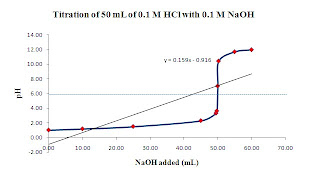as copied from our 1st note:
"Interactions between the mathematical and biological sciences have been increasing rapidly in recent years. Both traditional topics, such as population and disease modeling, and new ones, such as those in genomics arising from the accumulation of DNA sequence data, have made biomathematics an exciting field. The best predictions of numerous individuals and committees have suggested that the area will continue to be one of great growth."
Mathematical Models in Biology by Allman and Rhodestherefore, we need to study KOS1110:computer in science.. ;((
for this particular subject, we used MAPLE 12 software as a tool in this learning process.
what is MAPLE?pls read by your self
HERE..
based on the notes given, this subject is mostly dealt with add maths and computer (which,honestly out of my interest at all..sorry).

for a start, still remember such equation?if u do,certainly you can go for MAPLE..hehheee.
through the weeks, you will learn how to solve add maths equation using MAPLE and lastly, learning MAPLE programming.
week no. |
topic(s) |
|---|
week 1 |
Basic Operations on Numbers, Expressions and Functions |
week 2 |
Graphing Functions, Expressions, and Equations |
week 3 |
Data Types: sequences, sets, lists, table, array, and data conversions |
week 4 |
MAPLE programming |
tq for viewing..happy study MAPLE..
enjoice!

















